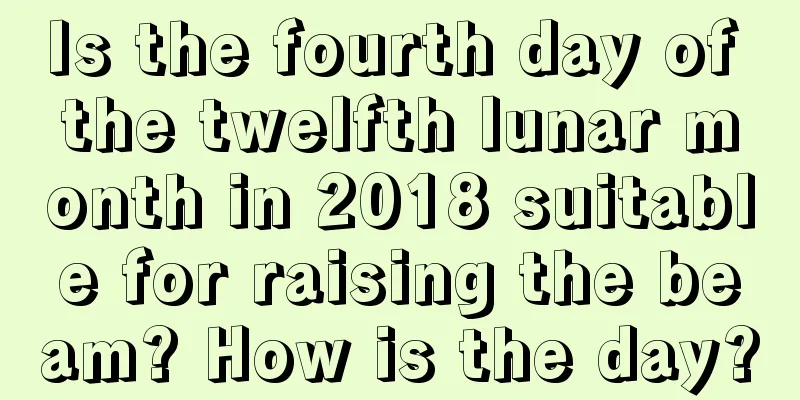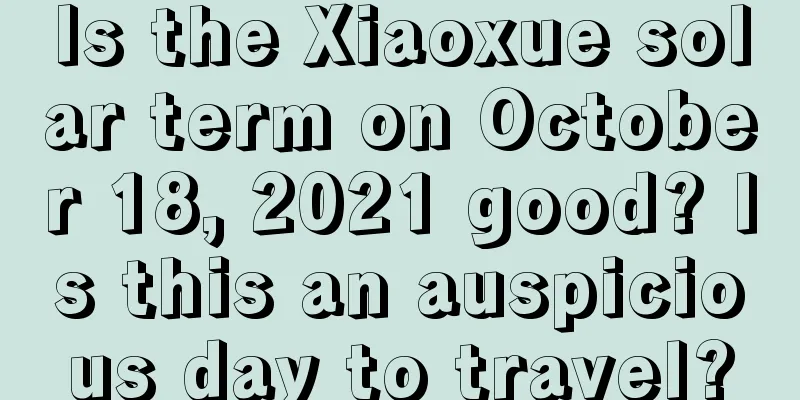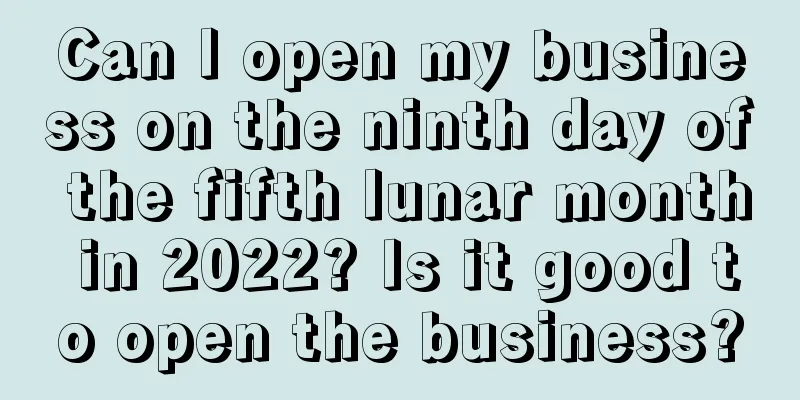Happy New Year's greetings during the Spring Festival

|
Introduction: As soon as the Spring Festival arrives, starting from the first day of the Lunar New Year, you can see many people bringing their families and children and holding gifts to visit relatives and friends' homes to "pay New Year's greetings". The custom of paying New Year's greetings during the Spring Festival has a long history. But do you know why we celebrate the New Year during the Spring Festival? What are the different types of New Year greetings? Next, please follow the editor to learn about it! New year, new atmosphere, there are countless topics about the Spring Festival. If you want to know more about the Lunar New Year, please continue to pay attention to Mr. Shui Mo’s exclusive Spring Festival special articles for you! An important activity during the Spring Festival is to visit new friends and neighbors to wish them a happy new year, which was formerly known as New Year's greetings. The custom of New Year greetings among the Han people has already existed in the Han Dynasty. It became very popular after the Tang and Song dynasties. Some people did not need to go in person, but could send their congratulations using a business card. It was called "ci" in the Eastern Han Dynasty, so business cards are also called "mingci". After the Ming Dynasty, many families posted a red paper bag at the door to collect business cards, which was called "menbu". The forms of mutual visits and New Year greetings among the people can be roughly divided into four categories according to their social relations: One is visiting relatives.You must visit your father-in-law on the first day of the new year and bring gifts. After entering the door, you should kowtow three times to the Buddha statue, the images of ancestors, and the tablets, and then kneel down to pay homage to the elders in turn. You can stay to eat and play.The second is a courtesy visit.If you are wishing a happy new year to a colleague or friend, you only need to kowtow three times to the Buddha statue as soon as you enter the house. If you are of the same age as the host, you only need to bow your hands. If the host is older than you, you should still kneel down actively. The host should get up from his seat and pretend to support you, and say "no need to be polite" repeatedly to show his humility. In this situation, it is generally not advisable to sit for a long time. You should just exchange a few polite words and then leave. After accepting the worship, the host should choose a day to return the worship.The third is a thank-you visit.One should buy some gifts and send them to anyone who owes a favor to them (such as lawyers, doctors, etc.) during the year, using the opportunity of New Year's greetings to express gratitude.The fourth is a door-to-door visit.We don't have much contact with our neighbors on weekdays, but we can still get along well when we meet. During the New Year, we just go to the yard, clasp our fists together and say "Congratulations on your prosperity" and "Everything goes well for you" to each other, and then sit in the house for a while. There is no other etiquette. In ancient times, there was a distinction between New Year's greetings and New Year's congratulations: New Year's greetings were to wish the elders a happy new year; New Year's congratulations were for peers to congratulate each other. Nowadays, some government agencies, recreational groups, enterprises, and schools gather together to congratulate each other, which is called "group greetings." New Year's greetings are a traditional custom among the Chinese people. It is a way for people to bid farewell to the old and welcome the new and express good wishes to each other. In ancient times, the original meaning of the word "New Year's greetings" was to congratulate the elders on the New Year, including kowtowing to the elders, wishing them a happy New Year, and asking about their well-being. When meeting friends and relatives of the same generation, one should also bow and congratulate them. In ancient times, if there were too many neighbors and friends and it was difficult to visit them all, people would send servants to wish them a happy new year with business cards, which were called "flying cards." A red paper bag with the words "Receive Blessings" written on it was posted in front of each house to hold the flying cards. This custom began among the upper class in the Song Dynasty. The Qing Dynasty's "Yantai Monthly Order" describes the Beijing New Year's Festival as: "In this month, films fly and empty cars go." It has become a fashion. Rich families set up a special "door book" to record the comings and goings of guests. The first page of the door book usually has four fictitious "visitors": one is the old man Shoubailing, who lives in Baisuifang Lane; one is the rich man Fuyouyu, who lives in Yuanbao Street; one is the noble man Guiwuji, who lives in the Daxueshi Pailou; and one is the lucky man Fuzhaolin, who lives in Wufulou. To seek good luck and fortune. The custom of sending New Year's cards during the Spring Festival is still a legacy of the ancient custom of sending flying letters to each other. The upper class scholars and officials had the custom of sending congratulations to each other using name cards. Zhou Hui, a man from the Song Dynasty, said in Qingbo Magazine: "During the Yuanyou period of the Song Dynasty, servants were often used to deliver business cards to express New Year greetings." At that time, the literati had a wide range of friends, and visiting them to wish them a happy new year would be time-consuming and energy-consuming. Therefore, some friends who were not very close would not visit them in person, but instead sent servants to wish them a happy new year on their behalf with a card that was two inches wide and three inches long, cut from plum blossom paper, with the name, address and congratulatory words of the person being congratulated written on it. In the Ming Dynasty, people paid New Year's greetings instead of paying New Year's greetings. Wen Zhengming, an outstanding painter and poet in the Ming Dynasty, described it in his poem "New Year's Greetings": "I don't ask for a face-to-face meeting, but only send greetings. The papers with names on them come to my house every morning. I also send a few papers to others, but people hate short ones but not empty ones." The "famous ci" and "famous ye" mentioned here are the origins of today's New Year's cards. New Year's cards are used to keep in touch and send greetings to each other. They are convenient and practical, and are still popular today. Since the Qing Dynasty, the form of "group greetings" was added to New Year's greetings. Yilanzhu, a Qing Dynasty writer, said in "Cemao Yutan": "At the beginning of the year, the capital city routinely holds group greetings to strengthen friendship and promote hometown ties." "Every year, the book red on duty would book guests, hold banquets, and have fun all day long." With the development of the times, the custom of New Year's greetings has continued to add new content and forms. In addition to following the traditional way of greeting each other, people now also have started to use ceremonial telegrams and phone calls to greet the New Year. However, from the first to the fifth day of the first lunar month, most families do not receive women, which is called "taboo door". Only men are allowed to go out to pay New Year's greetings, while women have to wait until the sixth day of the first lunar month before they can go out to visit. The New Year's greeting activities will last for a long time, until around the Lantern Festival on the 15th day of the first lunar month. Visiting people to wish a happy new year in the evening is called the "Bai Ye Festival", and after the tenth day of the first lunar month it is called the "Bai Deng Festival", hence the joke that "If you want to wish a happy new year, it's not too late during the Cold Food Festival". If for some reason one fails to perform the ritual in time, and makes up for it later, it is called "paying respects in old age".Summary: The above article introduces the details of the Spring Festival greetings customs. You can learn about it and feel the cultural charm of traditional customs! After reading this article, there are more exciting content in the Spring Festival special topic, let’s take a look! |
<<: Is the 20th day of the first lunar month in 2017 a good day to move? Is it suitable for moving?
Recommend
Query the auspicious and unlucky time of the 26th hour of April 2020, and the auspicious and unlucky time
The 26th day of the fourth lunar month in 2020 is...
Can I pray on July 17th of the lunar calendar in 2021? Is the hexagram for the day good?
Every day is good or bad, so let’s take a look at ...
Is November 29th of the lunar calendar in 2018 suitable for opening a new store?
In the eleventh month of the lunar calendar, the ...
How is the first day of the second lunar month in 2022? Can the renovation be started on the same day?
Different days have different good and bad fortune...
What is the fate of a boy born on the eighth day of the second lunar month in 2020, and which zodiac sign does he belong to?
Introduction: Children born on different days have...
Is it appropriate to sign the contract on June 27th of the lunar calendar in 2020? Is the hexagram good?
Is it appropriate to sign the contract on June 27t...
Is it okay to visit graves on the Dragon Boat Festival on the fifth day of the fifth lunar month in 2019? Why do we eat rice dumplings on the Dragon Boat Festival?
Introduction: The Dragon Boat Festival is an impor...
Is the fate of a boy born on Christmas Eve in 2019 good? What are the lucky gods for those born on Christmas Eve?
Introduction: Children born on different days have...
What is the fate of a puppy born during the Minor Cold period in 2018? Become very rich and powerful?
Introduction: The solar terms have a long history ...
Can I get a haircut on November 13th of the lunar calendar in 2018?
Let’s see whether it is suitable for everyone to g...
Is it appropriate to open a business on the eighth day of the ninth lunar month in 2020?
Is it appropriate to open a business on the eight...
Can’t visit graves and worship ancestors in 2022? Should we visit graves on February 2 in the morning or afternoon?
It is also necessary to choose a suitable time to ...
Is it better to start winter early or late? Is it not suitable to open a business on September 22, 2020?
Introduction: It is the beginning of winter again ...
What day is September 27th in the lunar calendar 2019? Check the contents of the almanac!
The lunar calendar is an important basis for dete...
Can I get married on November 24, 2017 in the lunar calendar?
In the eleventh month of the lunar calendar, whet...









